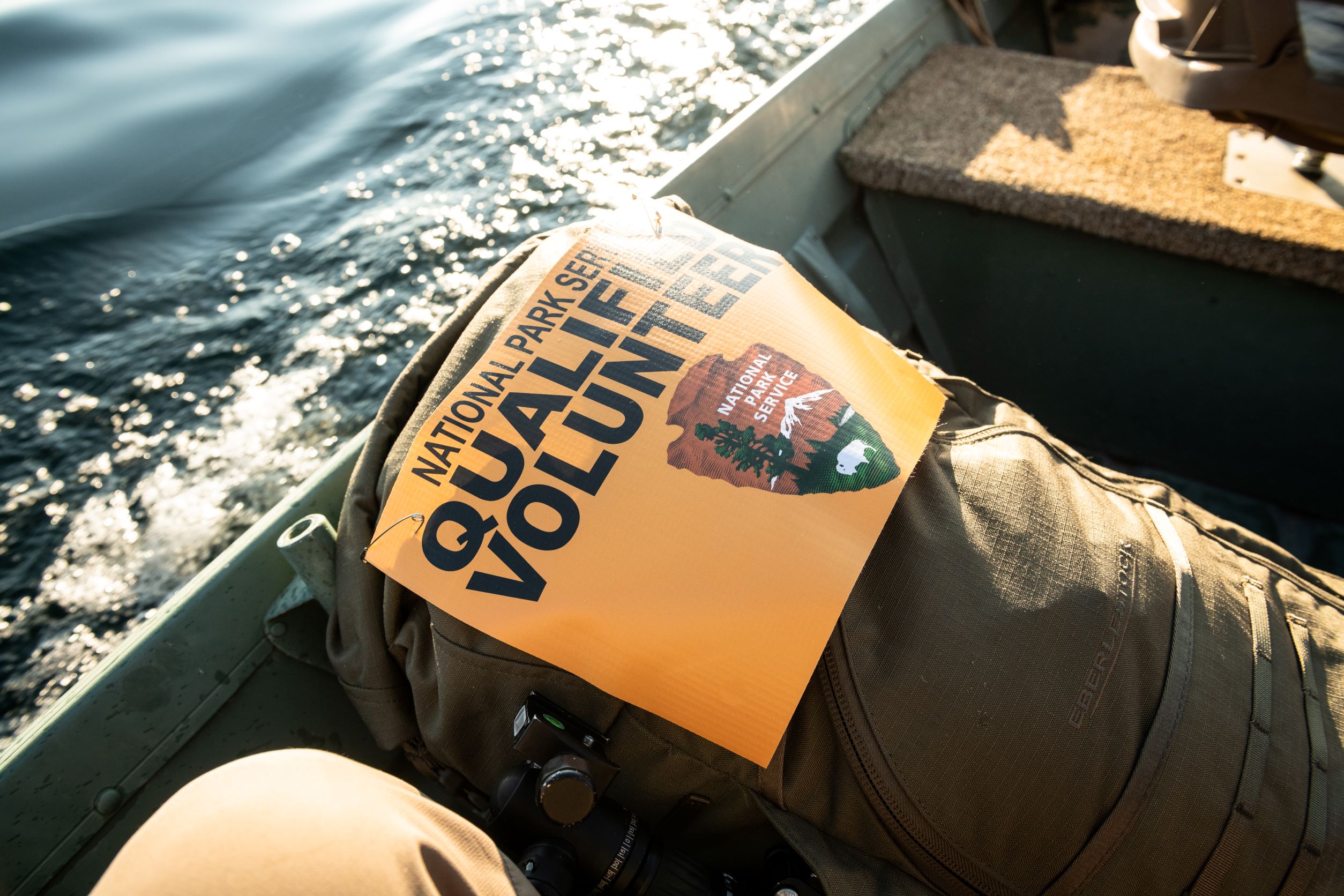Yellowstone Notebook
Qualified volunteers to continue culling of non-native mountain goats in Grand Teton National Park - NPS News Release
News Release
Qualified volunteers to continue culling of non-native mountain goats in Grand Teton National Park
Second year of program part of efforts to protect native bighorn sheep

NPS Photo/B. Day
|
Subscribe
|
Contact: CJ Adams, 307-739-3431
The culling of non-native mountain goats from Grand Teton National Park will begin September 22 as part of a multi-year management plan to conserve a native and vulnerable population of Rocky Mountain bighorn sheep in the Teton Range.Mountain goats are not native to the Teton range and can carry bacterial diseases that are lethal to bighorn sheep. The Teton Range bighorn sheep population has been relatively isolated and is therefore likely ‘naïve’ to these diseases. Without immediate intervention, the mountain goat population is expected to grow and could contribute to the potential extirpation of the native bighorn sheep.
Over 20 volunteer teams, consisting of a minimum of two individuals and a maximum of six individuals per team, will participate this year. In the interest of safety and efficiency, the park is only drawing on qualified volunteers who were trained and participated in the program last year. There are significantly fewer mountain goats in the park and removal will be significantly more difficult. The operational season will continue until October 25, weather permitting.
Last year’s participants will once again undergo a background check, and may not have active warrants, or past major wildlife violations. Volunteers identified as shooters must successfully pass a mandatory firearm proficiency evaluation. All volunteers are United States citizens and at least 18 years of age.
Additional required testing and comprehensive training to safely and successfully participate in this program includes bear spray deployment, backcountry tracking, radio protocols, ecology, and genetic sample collection. Each volunteer will receive this testing and training on the first day of each operational period.
The volunteer teams will each be assigned one of five geographic zones throughout the Teton Range within the park. The non-native mountain goats are generally found at high elevations. Qualified volunteers may access these zones from a variety of trailheads, as well as national forest lands to the west of the park.
All volunteers for the culling program will be clearly identified as a “National Park Service Qualified Volunteer” with an orange bib on their back or pack as well as an orange or pink hat or other exterior garment. Visitors can expect to see volunteers in camouflage clothing carrying rifles, may hear gun shots, or see volunteers packing out portions of culled mountain goats.
No park trails or areas are anticipated to be closed during the culling program. Signs will be posted at trailheads that access the areas the volunteers will be working to create awareness for any backcountry hikers or climbers.
For more information about the project, visit https://www.nps.gov/grte/getinvolved/mountain-goat-management-volunteer.htm.
Additional Information
The Teton Range is home to a small herd of native bighorn sheep that is currently estimated to have at least 125 animals. As one of the smaller and most isolated herds in Wyoming, that has never been extirpated or augmented, it is of high conservation value to the park, adjacent land and wildlife managers, and visitors. The National Park Service has a responsibility to protect native species and reduce the potential for local extinction of a native species within the park.
A park culling program took place in the fall of 2020 with 108 qualified volunteers successfully and safely removing 43 non-native mountain goats. It is estimated that approximately 50 goats remain in the park.
There are key differences between a culling program in a national park and traditional recreational hunting.
• Culling in a national park is done exclusively for conservation and stewardship purposes, while hunting is primarily for recreation or procuring food.
• Culling in a national park is conducted under controlled circumstances with the supervision of National Park Service personnel, while hunting is performed at the hunter’s discretion, subject to applicable licensing and laws.
• Volunteers may not keep a trophy when participating in a culling program in a national park. The meat may be donated or distributed to Indian Tribes, qualified volunteers, food banks, and other organizations that work to address hunger, in accordance with applicable health guidelines. Culling in a national park does not generate revenue and does not include fair chase.